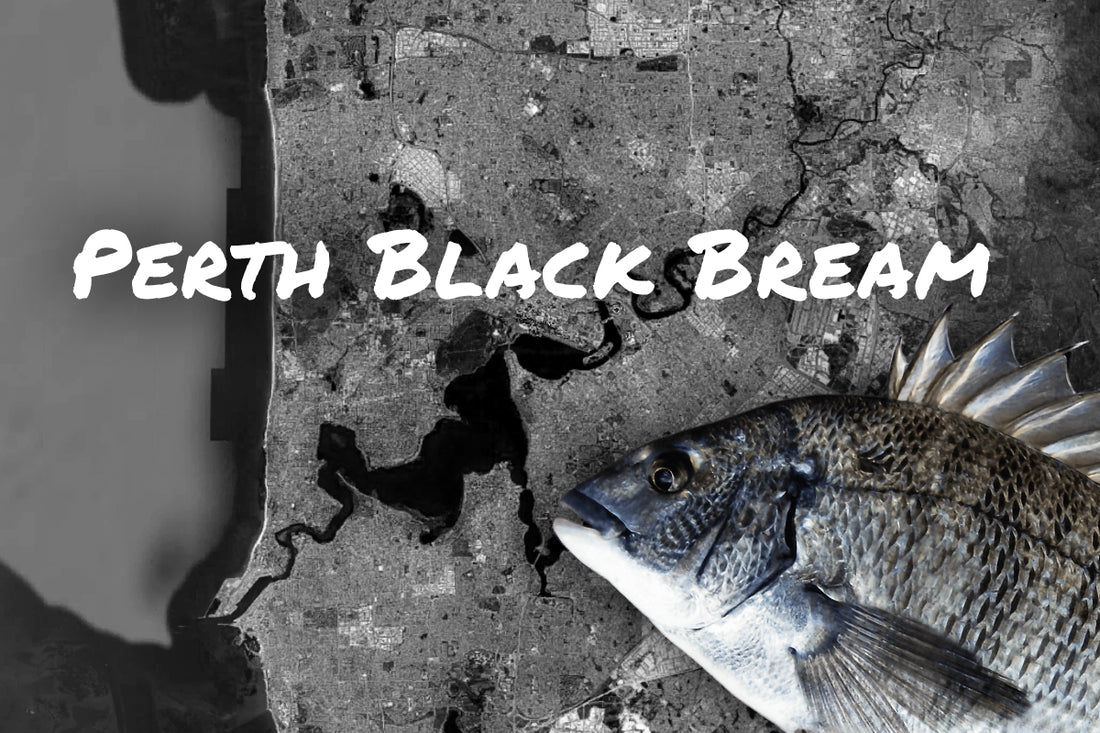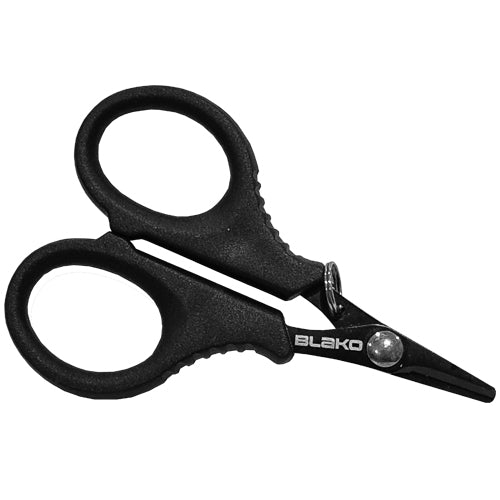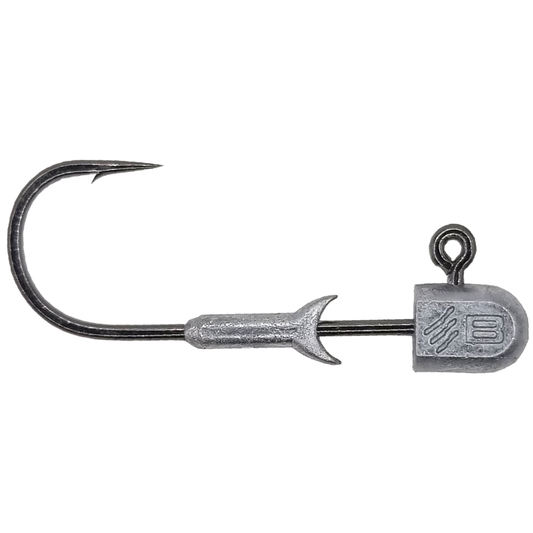
Introduction To Perth Black Bream
Share
Introduction to Perth Black Bream
The Black Bream (*Acanthopagrus butcheri*) is one of the most popular fish species for anglers in Perth, Western Australia. Known for its elusive nature, keen awareness, and powerful fighting ability, Black Bream offers a thrilling challenge that keeps anglers coming back to the city’s rivers, estuaries, and coastal waterways. These fish are recognized by their silver-grey to dark olive color, slightly upturned mouths, and forked tails, making them easily distinguishable in Western Australia’s diverse aquatic environments. Their adaptability and resilience have helped them thrive in Perth’s unique river systems, particularly the Swan and Canning Rivers, which flow through the city and provide ideal habitats.
Unlike many saltwater species, Black Bream are incredibly versatile when it comes to salinity. They thrive in estuarine environments with fluctuating salinity levels, from fresh to brackish waters, and can tolerate these changes across different sections of the river. This adaptability makes them a year-round target and ensures they occupy various sections of rivers and estuaries around Perth. Black Bream are often found close to structures such as rock ledges, bridge pylons, fallen trees, and submerged vegetation, where they forage on a diverse diet that includes crustaceans, mollusks, worms, and small fish.
The Habitat and Distribution of Black Bream in Perth
Estuaries and Rivers: The Perfect Home for Black Bream
Perth’s Swan and Canning Rivers provide some of the best habitats for Black Bream. These rivers stretch through the heart of Perth, winding through suburban and urban areas before flowing out to the coast. The Swan River, which is over 70 kilometers long, is Perth’s largest river system and is home to an abundant population of Black Bream. The Canning River, a tributary of the Swan, is also a productive waterway for bream, offering more secluded and shallow sections that make it ideal for a variety of fishing techniques.
Estuaries and river mouths are crucial habitats for Black Bream due to the mix of salt and fresh water. The estuarine environment creates a nutrient-rich area where food sources are plentiful. This mix of salinity levels and tidal flow provides an ideal habitat, especially for young bream, as they seek out calmer waters to grow. Black Bream also inhabit sheltered coastal inlets and bays, where they are less affected by strong ocean currents. These environments, along with structures like piers, rocks, and weed beds, make Perth’s waters ideal for Black Bream populations to thrive.
Seasonal Movements and Behavior
Black Bream exhibit seasonal movements based on environmental conditions, particularly temperature and food availability. During the warmer months (spring to early autumn), Black Bream become more active, moving into shallower areas in search of food and to spawn. In the cooler winter months, they tend to retreat to deeper waters where they can find stable temperatures and more cover. Understanding these movements is crucial for anglers, as it affects where bream can be found throughout the year.
When Black Bream move into shallow areas, they are often found along the edges of river banks, flats, and around structures like mangrove roots or oyster racks. These areas offer both protection and abundant food sources. As temperatures drop, the fish become less active and are more likely to be found in deeper river sections or near structures that offer warmth, such as sunlit rocks or pylons. Recognizing these seasonal behaviors can help anglers adjust their techniques accordingly to maximize their chances of success.
Understanding Black Bream Biology and Feeding Habits
Physical Characteristics
Black Bream are medium-sized fish with a deep, laterally compressed body that gives them a powerful form well-suited for quick bursts of speed. They have a slightly upturned mouth, ideal for bottom feeding, and a strong forked tail that helps them navigate currents and dodge predators. Their color ranges from a silver-grey to dark olive, which provides camouflage in the estuarine environments they inhabit. These physical adaptations make Black Bream efficient hunters and resilient against the challenges of their environment.
Diet and Feeding Behavior
Black Bream are opportunistic feeders and rely on a diet that includes crustaceans, mollusks, small fish, and worms. Their diet changes with seasonal availability and location, often adjusting based on what’s abundant in their environment. During the warmer months, when crustaceans like prawns and crabs are more active, Black Bream will readily hunt them along shallow flats and around structures. In cooler months, their diet may shift towards smaller fish and mollusks that are more accessible in deeper waters.
Feeding predominantly near the bottom, Black Bream use their strong jaws and slightly upturned mouths to sift through the substrate and capture prey. Their preference for bottom feeding is important to understand for anglers targeting them with bait or lures, as it indicates that presentations close to the substrate are often the most effective. Additionally, Black Bream are known to be cautious feeders, often “nibbling” or “pecking” at bait before fully committing, which requires patience and subtlety from anglers.
Fishing Techniques for Black Bream in Perth
Bait Fishing
Bait fishing is a traditional and highly effective method for targeting Black Bream. Using natural bait such as prawns, bloodworms, mussels, and sandworms often yields excellent results, particularly in areas with strong tidal flows or structures where bream are foraging. Fresh or live bait is generally the most productive, as it releases natural scents that attract fish.
Light tackle is recommended when bait fishing for Black Bream, as it allows for a more sensitive presentation. Hooks in sizes #4 to #1 work well, paired with a light leader to minimize visibility. A running sinker rig is commonly used, allowing the bait to sit naturally on or near the bottom where Black Bream are feeding. Bait fishing is a relatively simple approach but requires patience, as Black Bream are known to be cautious and may take time to commit to the bait fully.
Lure Fishing: Soft Plastics, Hard Bodies, and Topwater
Lure fishing for Black Bream has gained popularity due to the active and engaging nature of the technique. Soft plastics are particularly versatile and effective for mimicking the movement of small fish, prawns, and other natural prey. Small paddle tails, grub tails, and prawn imitations in natural colors like brown, olive, and green work well. Rigging soft plastics on light jigheads allows for a natural presentation near the bottom, where Black Bream typically feed.
Hard-body lures, especially crankbaits and vibes, are also effective for targeting bream in deeper water or around structures. Small, deep-diving crankbaits and suspending lures are ideal for reaching fish in channels and drop-offs, while vibes provide a vibrating action that attracts attention in murky water. Topwater lures, though more challenging, offer exciting surface action and are best used in warmer months when Black Bream are more active in the shallows.
Fly Fishing for Black Bream
Fly fishing for Black Bream is less common but is a rewarding technique for anglers seeking a unique challenge. Bream respond well to small flies that mimic their natural prey, such as shrimp, insects, and small baitfish. Fly fishing requires accurate casting and an understanding of water movement, making it a technique best suited for intermediate or experienced anglers.
Using small, weighted flies or surface poppers can be effective in calm, shallow water, where Black Bream are actively feeding. Sight fishing is possible in clear water, allowing the angler to spot and cast to individual fish. Fly fishing for Black Bream in Perth’s rivers and estuaries is a unique experience that combines technical skill with the art of presentation.
Seasonal Patterns and Year-Round Tactics
Spring and Summer
During spring and summer, Black Bream become more active and move into shallower waters to feed and spawn. This period offers prime conditions for topwater fishing, as the fish are more likely to strike at surface lures during these warmer months. Early mornings and late afternoons are ideal times, as bream feed more aggressively during low-light periods.
Soft plastics and shallow-diving hard-body lures work well in these conditions, especially when fished near edges, flats, and around structures. Anglers should look for shaded areas or spots with natural cover, as Black Bream seek protection in these zones while feeding.
Autumn and Winter
As the water temperature drops in autumn and winter, Black Bream tend to become less active and retreat to deeper areas. Fishing deeper channels, holes, and around submerged structures can be more productive during these months. Slower retrieval techniques and smaller, more subtle presentations are recommended, as the fish are less likely to chase fast-moving lures.
Bait fishing is also highly effective in winter, as natural bait releases scent and requires less movement to attract fish. Deep-diving lures and vibes work well in reaching fish holding close to the bottom. Using darker, more natural colors can also be effective in the cooler months when bream are more cautious.
Gear and Tackle Recommendations
Rods, Reels, and Lines
A light to medium spinning rod in the 2-4 kg range is ideal for Black Bream fishing, as it offers sensitivity and control. The length of the rod can vary depending on the technique, with longer rods (6-7 feet) providing better casting distance, especially when fishing from the shore. A 1000-2500 size spinning reel with a
smooth drag system complements this setup well, allowing for precise control over the fish.
Using light braided line (4-6 lb) with a fluorocarbon leader (4 lb) is recommended. Braided line provides strength and sensitivity, while the fluorocarbon leader reduces visibility in clear water. This setup gives anglers the advantage of a quick hookset, especially important for bream’s cautious feeding behavior.
Lures and Bait Selection
In Perth’s waterways, natural-colored soft plastics, crankbaits, and topwater lures are all productive choices for Black Bream. Prawn, grub, and worm imitations in subtle colors work well, as they resemble the natural prey found in these habitats. For bait fishing, fresh prawns, bloodworms, mussels, and sandworms are ideal choices. Having a range of options allows anglers to adapt to different conditions and fish preferences.
Conservation and Sustainable Fishing Practices
Black Bream play an important role in Perth’s ecosystems, and practicing sustainable fishing is essential for preserving the species. Anglers are encouraged to follow catch-and-release practices, especially for larger fish that contribute to the breeding population. Using barbless hooks and handling fish carefully can minimize stress and injury, ensuring that released bream remain healthy and continue to thrive in the ecosystem.
Adhering to local fishing regulations, including size and bag limits, is also critical for maintaining Black Bream populations. Educating fellow anglers about sustainable practices and respecting the environment around Perth’s waterways helps protect the region’s natural resources for future generations.
Best Spots for Black Bream Fishing in Perth
Swan River
The Swan River is Perth’s premier location for Black Bream fishing, offering a variety of access points and environments to explore. Areas near the city center, such as the Causeway Bridge, South Perth foreshore, and Matilda Bay, provide productive fishing spots. Further upstream, areas like Guildford and Bassendean offer more secluded and scenic fishing opportunities.
Canning River
The Canning River, a tributary of the Swan, provides excellent fishing opportunities, particularly around Canning Bridge, Riverton, and the Kent Street Weir. The river’s shallow sections and secluded spots make it ideal for targeting Black Bream with bait or light tackle.
Other Estuaries and Coastal Inlets
In addition to the Swan and Canning Rivers, smaller estuaries and inlets around Perth offer productive Black Bream fishing. Places like the Peel-Harvey Estuary near Mandurah are popular for their abundance of bream and accessibility. These locations offer anglers a chance to explore new areas and experience different fishing conditions.
Conclusion: The Unique Appeal of Black Bream Fishing in Perth
Fishing for Black Bream in Perth is more than just a pastime—it’s a connection to the city’s natural beauty and aquatic heritage. From the tranquil waters of the Swan and Canning Rivers to the thrill of a bream striking a surface lure, the experience combines skill, patience, and appreciation for Western Australia’s unique waterways. Whether fishing with bait, lures, or flies, Black Bream present a rewarding challenge that appeals to anglers of all skill levels.
Embracing sustainable practices, respecting local regulations, and encouraging others to do the same ensures that Perth’s Black Bream population remains healthy for future generations. For anglers, the pursuit of Black Bream in Perth offers not only the thrill of the catch but also a profound respect for the ecosystem and the natural wonders of Western Australia.







